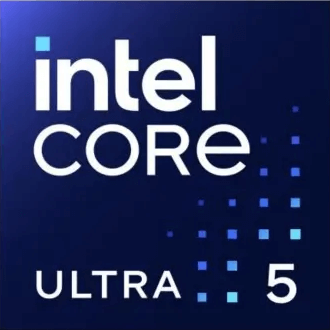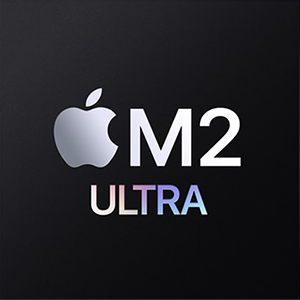AMD Ryzen 7 260 vs Intel Processor U302L
We compared two laptop CPUs: AMD Ryzen 7 260 with 8 cores 3.8GHz and Intel Processor U302L with 5 cores 1.2GHz . You will find out which processor performs better in benchmark tests, key specifications, power consumption and more.
Main Differences
AMD Ryzen 7 260 's Advantages
Released 9 months late
Integrated graphics card
Higher specification of memory (7500 vs 5200)
Larger memory bandwidth (120GB/s vs 83.2GB/s)
Higher base frequency (3.8GHz vs 1.2GHz)
Larger L3 cache size (16MB vs 10MB)
More modern manufacturing process (4nm vs 10nm)
Intel Processor U302L 's Advantages
Newer PCIe version (4 vs 4.0)
Lower TDP (15W vs 54W)
Score
General Parameters
Jan 2025
Release Date
Apr 2024
Amd
Manufacturer
Intel
Laptop
Type
Laptop
x86-64
Instruction Set
-
Zen 4 (Hawk Point)
Core Architecture
Raptor Lake-PS
FP8
Socket
Intel Socket 1700
Radeon 780M
Integrated Graphics
UHD Graphics 80EU
-
Generation
Intel Processor (Raptor Lake)
Package
25 billions
Transistor Count
-
4 nm
Manufacturing Process
10 nm
35-54 W
Power Consumption
15 W
100 °C
Peak Operating Temperature
100°C
-
Foundry
Intel
178 mm²
Die Size
-
CPU Performance
8
Performance Cores
1
16
Performance Core Threads
2
3.8 GHz
Performance Core Base Frequency
1.2 GHz
5.1 GHz
Performance Core Turbo Frequency
2.4 GHz
-
Efficiency Cores
4
-
Efficiency Core Threads
4
-
Efficiency Core Base Frequency
900 MHz
-
Efficiency Core Turbo Frequency
1800 MHz
8
Total Core Count
5
16
Total Thread Count
6
100 MHz
Bus Frequency
100 MHz
38
Multiplier
12.0
80 K per core
L1 Cache
80 KB per core
1 MB per core
L2 Cache
1.25 MB per core
16 MB shared
L3 Cache
10 MB shared
No
Unlocked Multiplier
No
-
SMP
1
Memory Parameters
LPDDR5X-7500,DDR5-5600
Memory Types
DDR4-3200, DDR5-5200
256 GB
Max Memory Size
-
2
Max Memory Channels
2
120 GB/s
Max Memory Bandwidth
83.2 GB/s
No
ECC Memory Support
No
Graphics Card Parameters
true
Integrated Graphics
-
800 MHz
GPU Base Frequency
-
2700 MHz
GPU Max Dynamic Frequency
-
768
Shader Units
-
48
Texture Units
-
32
Raster Operation Units
-
12
Execution Units
-
15
Power Consumption
-
4.15 TFLOPS
Graphics Performance
-
AI Accelerator
AMD Radeon™ 780M
NPU
-
16 TOPS
Theoretical performance
-







